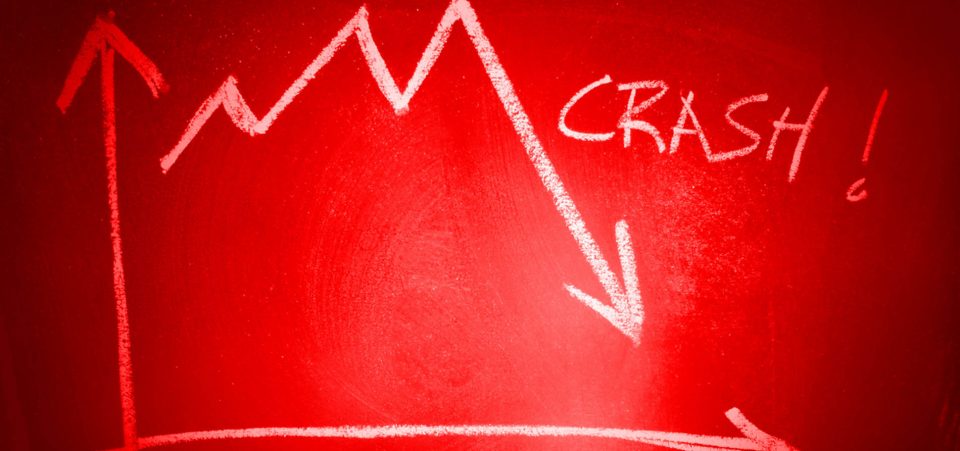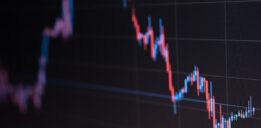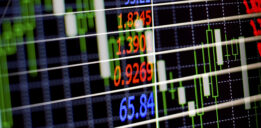Small-Cap Index And Fear Index Suggest Stock Market Crash Could Be Ahead
You will not hear this in the mainstream; there’s something interesting currently taking place that suggests a stock market crash could become reality in 2017.
Understand this; a stock market crash occurs when investors’ risk appetite becomes very low and they are fearful.
With this in mind, look at the chart below of the Russell 2000 Small Cap Index. This index tracks performance of small capitalization companies—those that are deemed riskier than mega-cap companies like Johnson & Johnson (NYSE:JNJ).
You’ll see in the chart below; since December, this index has been outright flat. Also, notice the momentum indicators like the moving average convergence/divergence (MACD) and relative strength indicator (RSI), at the bottom and at the top of the chart? They are trending downwards and suggesting there could be a downward move.
Chart courtesy of StockCharts.com
You see, Russell 2000 remaining relatively flat as other major key stock indices are moving higher suggests investors’ risk appetite is slowly dissipating. This is not good, and could be a very early indicator of a stock market crash.
From experience we know that, usually, riskier indices form a top before the overall markets make a top. We saw this happen prior to the stock market crash of 2008-2009. The Russell 2000 formed a top in June of 2007, while the Dow Jones Industrial Average didn’t form a top until October of that year.
Let me be very clear; I am not saying the top is in place already and a stock market crash could happen any time soon. This is just an interesting development that investors shouldn’t ignore.
This isn’t all.
There’s one more thing that suggests a stock market crash could happen in 2017. Look at the chart below of the Chicago Board Options Exchange (CBOE) Volatility Index (VIX) and pay close attention to the highlighted area. This index is often dubbed as the “Fear Index,” as well.
Chart courtesy of StockCharts.com
In theory, as markets move higher, this index should drop lower.
We saw this happen in early November, after the U.S. election. The VIX dropped as key stock indices were soaring higher. But it all changed in December. As key stock indices move higher, the VIX has been flat.
Essentially, the VIX says investors aren’t really buying into the optimism that we see these days. They are cautious.
Stock Market Crash 2017: Rigorous Losses Could Be Ahead
I have played football for several years, and I remember my coach often saying “the bigger they are, the harder they fall,” whenever my team member was scared about tackling someone bigger than them.
I see the stock markets in somewhat of a similar situation. The higher they go, the harder they will fall.
But, lets get one thing straight; I’m not saying we have a top in place and a stock market crash could happen at any moment. If I have learned something over the years, it’s that irrationality can go on for a very long time.
As I have said several times in these pages before already; when everyone seems to be optimistic, step back and look at the data. Right now, the data suggest stocks are getting ahead of fundamentals, and a stock market crash could follow.
Dear reader, preserving capital isn’t a bad idea in this environment.








